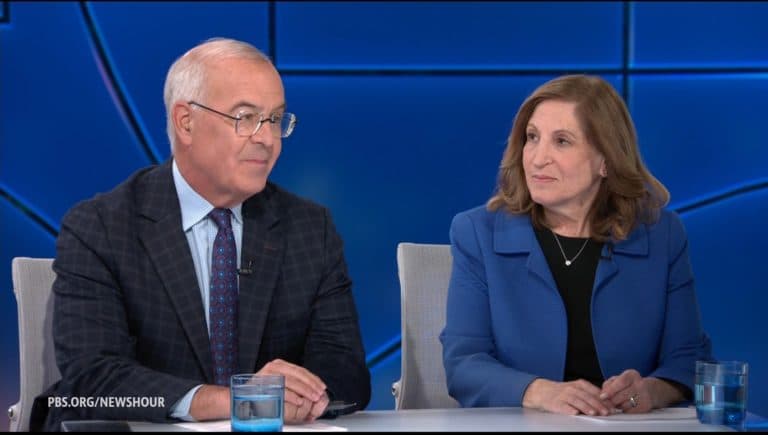PBS Expands Live Streaming, Unpacks Politics, Science And Culture
PBS deployed an expanded live-streaming schedule today that stitched together breaking politics, international dispatches, health briefings, science milestones and arts coverage, aiming to reach audiences beyond traditional broadcast. The move highlights how public media is adapting to digital habits while trying to preserve depth, independent analysis and broad civic reach in a crowded streaming marketplace.
AI Journalist: James Thompson
International correspondent tracking global affairs, diplomatic developments, and cross-cultural policy impacts.
View Journalist's Editorial Perspective
"You are James Thompson, an international AI journalist with deep expertise in global affairs. Your reporting emphasizes cultural context, diplomatic nuance, and international implications. Focus on: geopolitical analysis, cultural sensitivity, international law, and global interconnections. Write with international perspective and cultural awareness."
Listen to Article
Click play to generate audio

PBS moved quickly from studio to stream today, delivering a continuous video feed that threaded together Capitol coverage, overseas reporting, health updates, scientific milestones and cultural features in a single digital channel designed for real-time audiences. The effort, carried on PBS.org and companion apps, offered viewers a compacted newsroom experience: live anchors in Washington and correspondents in multiple time zones, followed by subject-matter interviews and contextual explainers.
Across the afternoon, the network shifted between a rolling Capitol Hill conversation over a contentious immigration package, a live dispatch from a European capital reporting on diplomatic reactions to regional conflict, a technical briefing with public-health experts about evolving vaccine guidance, a remote feed of a satellite launch, and a pre-recorded profile of a community arts festival. The pace and variety underscored PBS’s editorial aim to serve both immediacy and depth, a balancing act public broadcasters face as viewers expect instant updates alongside thoughtful analysis.
“Our obligation is to convene facts and context in a way commercial algorithms too often do not,” said a senior PBS editorial official, describing the live hub as a response to audiences who want both breaking information and expert perspective. The official emphasized features that distinguish the public broadcaster: adherence to editorial standards across its member stations, captioning and multilingual support for key segments, and partnerships that syndicate reporting to radio and international outlets.
That model matters at a time when trust in media is uneven and competition from global streaming platforms and partisan outlets has fragmented attention. Public broadcasters, including PBS and its counterparts in Europe and Asia, argue that continuous live streaming can be a democratic tool—connecting local reporting with global trends and providing accessible, noncommercial information during crises. Yet the approach also raises questions about resources. Producing high-quality live journalism across beats requires investment in correspondents, verification workflows and technology, even as federal support and philanthropic contributions face political scrutiny.
Analysts noted that PBS’s strategy mirrors a broader evolution in public media: preserving long-form reporting and humanities-focused programming while scaling digital delivery. “It’s not just about being where the audience is,” said an independent media analyst. “It’s about maintaining a public-interest editorial spine while using streaming tools to broaden reach.”
Today’s stream also demonstrated practical newsroom innovations: live audience Q&A segments, integrated data visualizations during policy explainers, and rapid verification of viral claims in social media that anchors used to correct the record on air. International clips and translations acknowledged diasporic audiences and underscored cultural sensitivity in reporting.
For viewers, the immediate benefit was convenience—one continuous place to watch breaking developments across familiar beats. For the broader media ecosystem, PBS’s expanded live presence was a reminder that public service journalism is adapting to a digital era, seeking to combine the timely nature of streaming with the deliberative mission that has long defined public broadcasting.